
Farmelton
The Carleton Farm
A project of the Bio 160 Agroecology Course
A History of Farming at Carleton
Farm Club at Carleton College
1991-The Present
In 1991, students Tyler Glenn and Bryan Foster founded Farm Club at Carleton College with hopes of building a fifty acre farm complete with animals and a large crop rotation system. The organization was geared towards educating club members, the overall Carleton community and Norhfield at large about agricultural and environmental issues. They had their first meeting in the winter of 1992 and by the spring of 1993 had developed a comprehensive plane for a two acre garden. From the beginning, the garden was managed organically, with a progressively attentive mindset towards many of the perils of modern farming: toxicity of pesticides, herbicides, and fertilizers; use of water and energy resources; and soil erosion.
The land initially granted to students was 650 feet long and 150 feet wide, located on the Carleton campus, east of Farm House and north of the Water Tower. The land had been previously used in a typical Midwestern 2 year crop rotation of corn and soybean; corn was the crop of the 1992 season. The plot was divided into three sections: one for prairie plants, another for a visitor's area, and a third for a produce garden. This garden was at the south end of the plot and was 320 feet by 100 ft, divided into nine sections of 100 feet by 40 feet. The produce grown was sold to Marriott Food Services where it was used in the school's cafeterias just as the original Carleton farm's dairy output was used in the campus dining halls.
Crop Choice
When choosing the vegetables which would be grown the club had to consider two primary factors: the needs of Marriott and the short, cold Minnesotan growing season. Because of this they chose four main crops: broccoli, carrots, lettuce and tomatoes. An effort was made to grow at least two varieties of each crop in order to minimize the effects of diseases and pests capitalizing on a homogenous environment.
The primary concern for such a climate is planting the crop early; however, because the demand for the farm's produce would not be present until fall (when school starts), the club was able to delay planting and stagger the growing season so that they would not be overwhelmed at harvest time. The farm used both direct seeding and transplant methods when planting the crops. (Transplanted crops were first grown in the Biology Department's greenhouse.) A nine year crop rotation was used, including four sections of cover crop or "green manure." A fence was constructed to protect the crops from large pests.
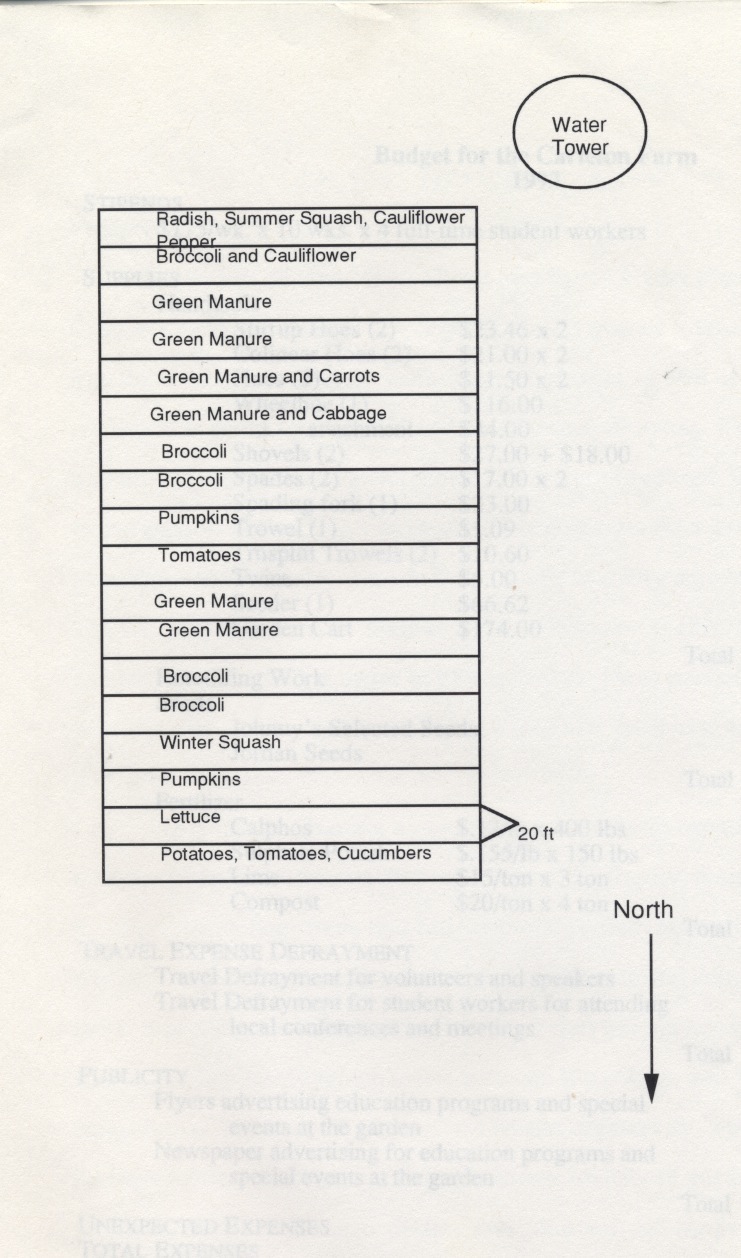
Crop layout and map from Kate Tisdale's "Plan for Carleton Garden: Spring '93"
Soil Conditions
In the fall of 1992, a soil sample was examined by the University of Minnesota; the study concluded that the soil was deficient in organic matter, 2.3%, as well as Phosphorous and Potassium; the pH level was also low--5.7. As a result of the study 25 lbs/acre of Phosphorous, 100 lbs/acre of Potassium, four tons of compost, and four tons of lime were added to the soil.
Budget
The budget for the 1993 farm consisted of $6,500 and was broken down as follows:

Budget info from Kate Tisdale's "Plan for Carleton Garden: Spring '93"
Farm Club Today
The Farm Club thrived on a quirky, fun volunteer atmosphere-- as evidenced by the imaginative name for the plot: "The Celestial Donut Garden." Here is a Carleton Farm Club newsletter from the second growing season:
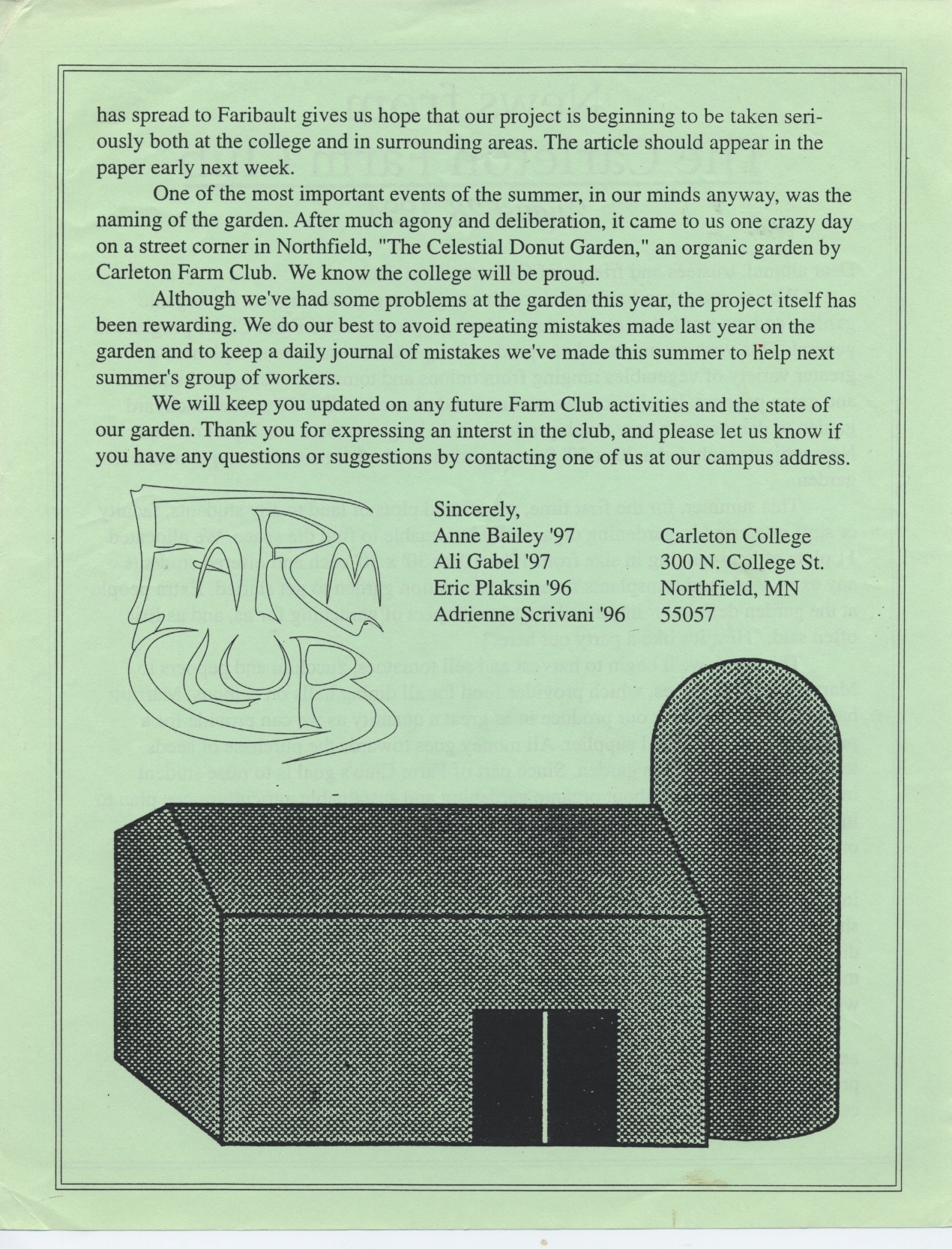
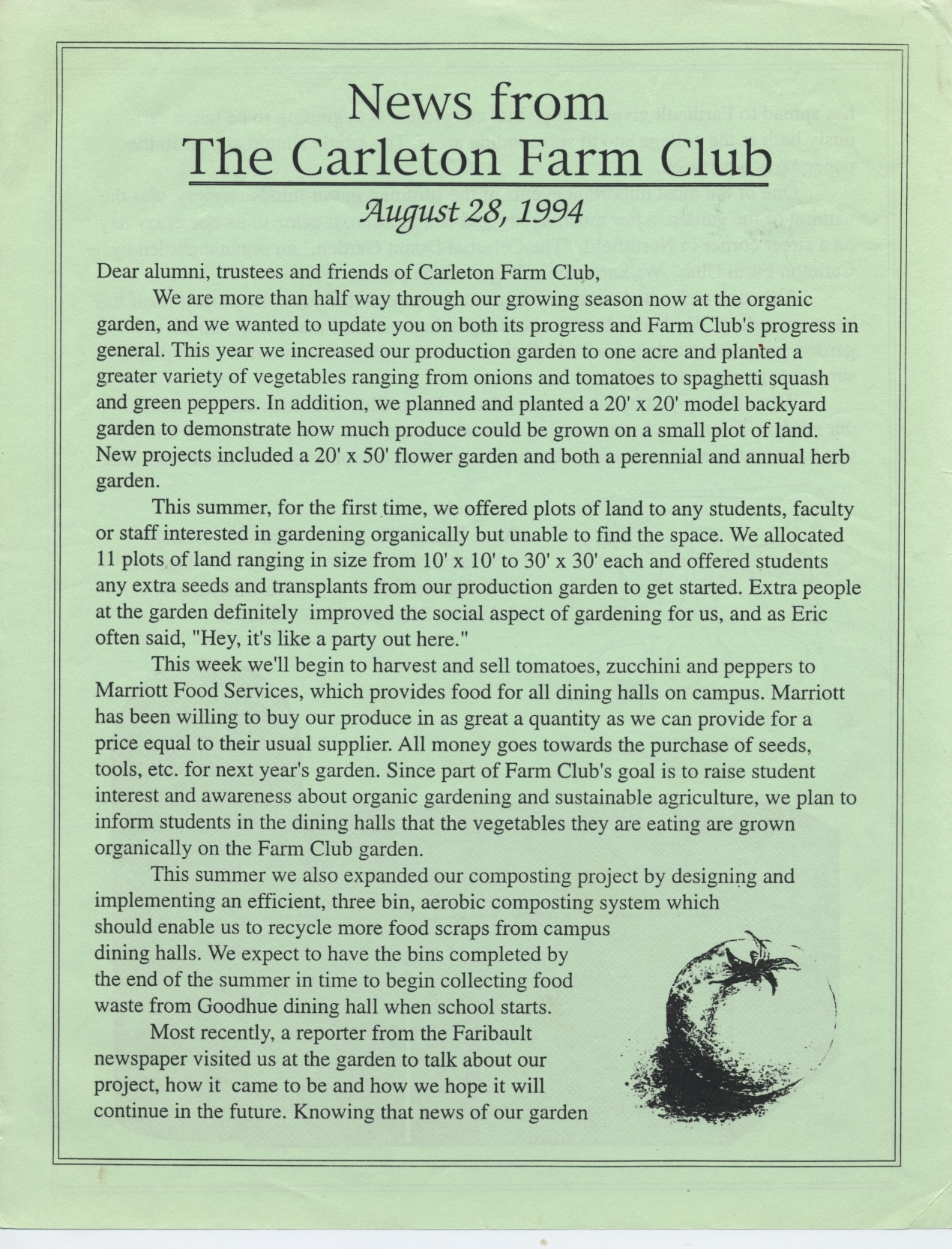
Today the Carleton farm is a much different place than it was in 1914. There exists no paid farm manager, dairy cows or worker housing. In 2001 the Farm Club's plot, "The Mystery Onion Garden" was bulldozed by the college to allow for athletic field expansion. The locations of the former Carleton farm and Farm Club plots are now replaced by the Rec Center, parking lots and sports fields. Run by a few impassioned students, the Farm Club is a small endeavor which cultivates a small plot near Farm and Parr Houses. The food grown there does not make its way to dining halls, but rather directly into the hands (and mouths) of the people who grow it. These few, like Ella, who dream of green, keep the legacy of the Carleton farm alive. At least until now...
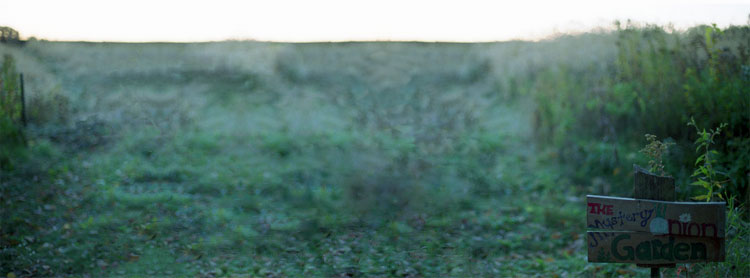
The Mystery Onion Garden before its demolition in 2001, photo by Loren Holmes via Farm Club Website
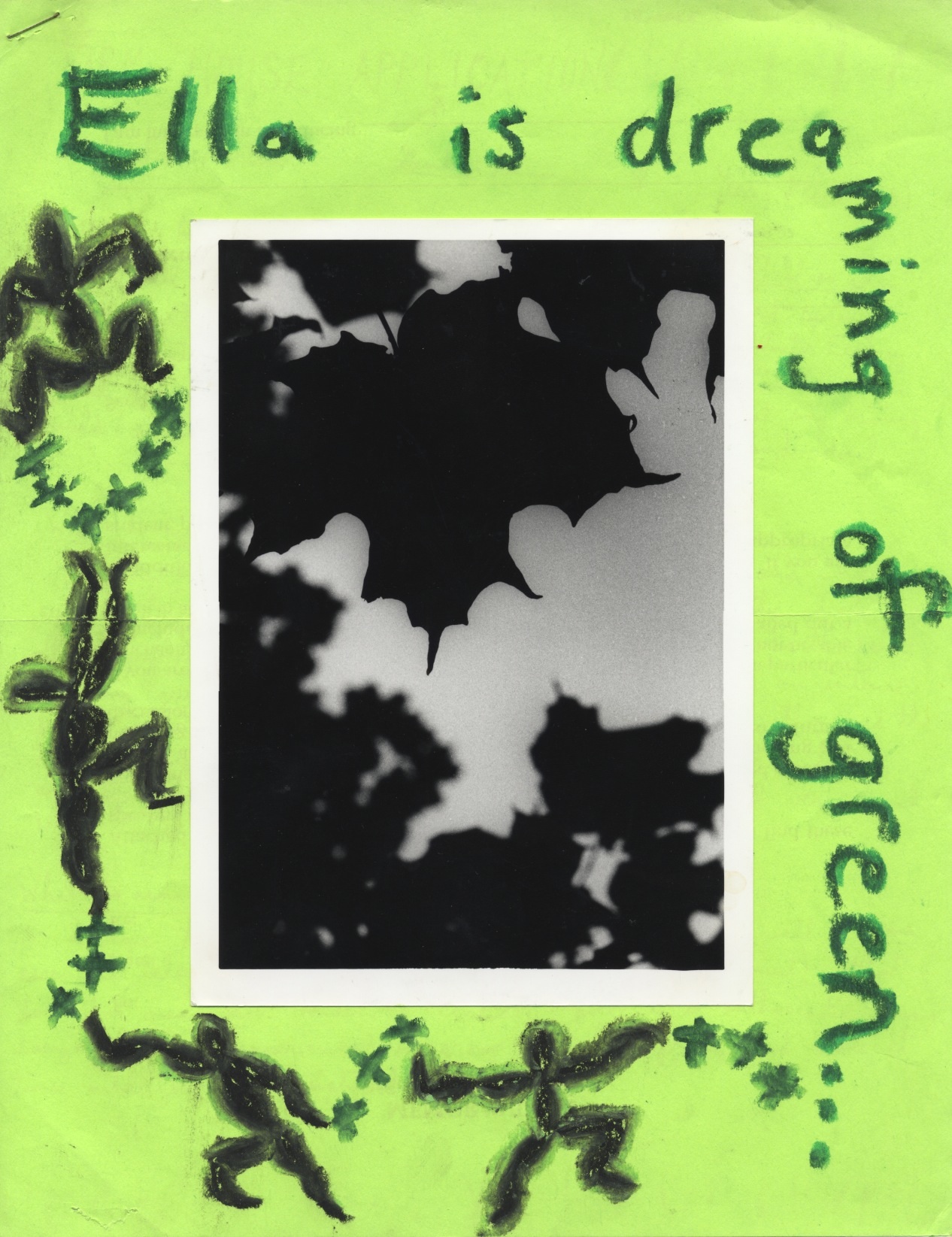
An application for Farm House submitted by a creative student.